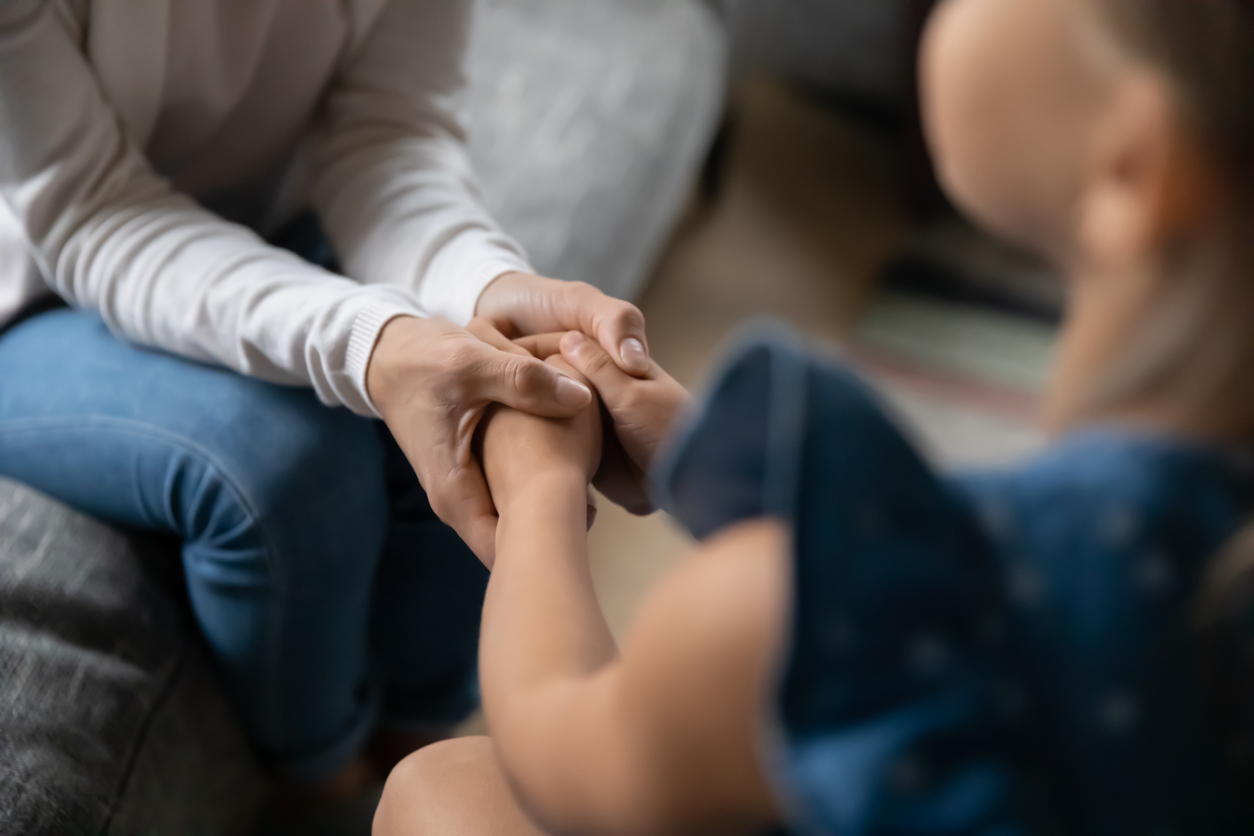By Joanna Audi
Psychomotor Therapist & Family Coach
October 2023
Parents in the Middle East, particularly during the conflict between Palestine and Israel, face challenges in providing support and guidance during war talks, balancing honesty with preserving children’s innocence. Parental anxiety during war talks is high, so one of their main concerns is whether they are offering appropriate support.
As we navigate these challenging discussions, we are profoundly saddened by the ongoing conflict and the toll it takes on the lives of innocent families. We mourn the loss of not only precious lives but also the loss of homes and hopes for a peaceful future.
Children’s curiosity grows as they get older, and they could ask more profound questions about the world. Children may ask questions such as “Why do people fight in wars?”, “Why can’t they just talk and solve their problems?”, “Will there ever be peace?” and “Why do innocent people get hurt in wars?”.
These questions require thoughtful and age-appropriate responses that address the complexities of war, as research indicates that early war conversations can lead to higher anxiety and trauma symptoms in children, shaping their beliefs and attitudes towards conflict resolution.
So, when kids inquire about war, be prepared to have a candid conversation.
Wars are complex and distressing events that parents must navigate with compassion and understanding, teaching children about the outside world while safeguarding their mental health. So how to talk to children about war?
Make sure you deal with your own emotions before you speak to kids. A conversation with your child about a big, scary, and somewhat incomprehensible topic is not the right place to work out and extrapolate your own emotions. So, to begin with understanding their worries and points of view, start by listening to their questions. While you listen to them with empathy, find out what they know and how they feel about what they’ve heard. This therefore makes it possible for you to respond with answers that are specific to their concerns.
When discussing war with children, the first and most crucial step is to consider their age and emotional maturity. Younger children might not be able to understand the tragedies of war or the complexities of geopolitics. It is essential to provide children with age-appropriate explanations that are clear and do not contain details that could do more harm than good. For kids ages four to five, for instance, you can say that arguments arise among friends and siblings just as much as they do in the real world. We can further explain to older children the importance of upholding our own values and the potential harm done by those who lack them.
Why, then, do real-world conflicts raise so many deeper-level issues? Children can become terrified and anxious when they hear about larger confrontations, especially if they don’t grasp what’s going on. Reassuring them of their safety and the safeguards in place is essential. Remind them that their community, instructors, and parents are committed to their safety. It is also really helpful to say to your child: ‘When you have more feelings come talk to me.’ Not if, when. When opens the door wider than if.
As parents, it’s our duty to preserve children’s innocence for as long as possible. Sharing graphic images or distressing details of war can have a deeply traumatizing impact on young minds. It is essential to monitor and guide their exposure to such content, ensuring they receive accurate information and are shielded from graphic or distressing images that may have a negative impact on their well-being. Instead of showing them images or videos of war, opt for age-appropriate books and stories that depict the importance of compassion and the resilience of the human nature. Here’s some examples:
“The Butter Battle Book” by Dr. Seuss: The moral of the book is the dangers of retaliation and the importance of accepting differences.
“The Invisible String” by Patrice Karst: The premise of the book is that we are all connected by an invisible string. Even though it is invisible, you can feel it with your heart. Everyone has an invisible string, and it can reach anywhere, even heaven.
“The Little Refugee” by Anh Do: This book tells the inspiring and uplifting story of Anh’s family from their dangerous journey by boat from Vietnam to their struggle to establish a new life in Australia.
These books explore themes of conflict, empathy, and resilience in a way that is accessible and engaging for young readers.
Finally, educate them on the value of kindness, empathy, and understanding in settling disputes in both their personal and global lives. It is our responsibility to guide them toward a brighter future, one in which empathy, compassion, and understanding play central roles in creating a better world for all, with the hope that our approaches will change the world someday.
